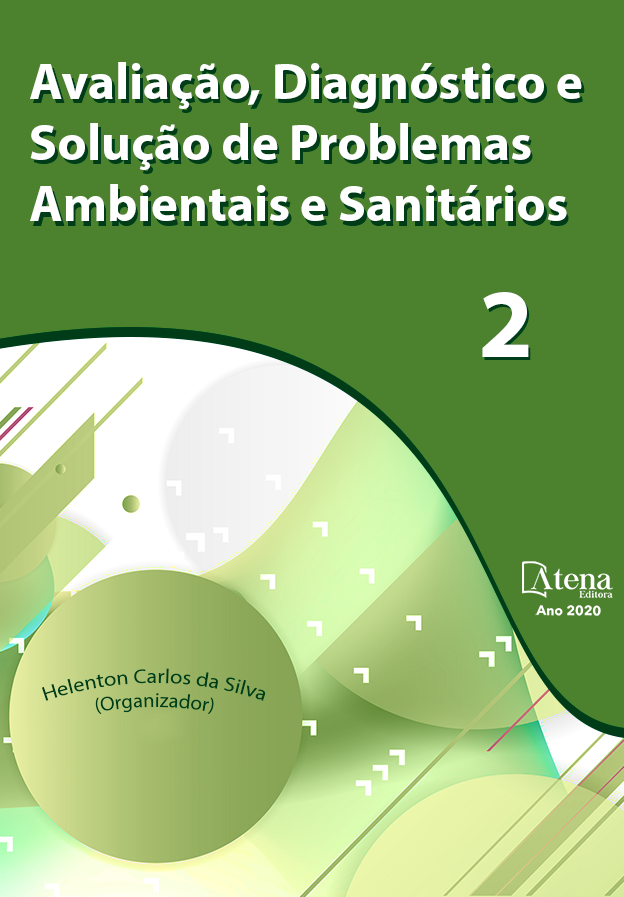
ANÁLISE DE DESEMPENHO DE REATOR UASB PILOTO NO TRATAMENTO DE EFLUENTES DE PROCESSAMENTO DE PESCADO
O crescente desenvolvimento na aquicultura e a busca da população por hábitos nutricionais saudáveis, abre mercado para a produção de pescados ser comercializada por indústrias beneficiadoras, que estão em grande expansão. Operações de processamento de peixe geram grandes volumes de efluente, possuindo variação em sua composição, com poucos dados na literatura e que precisam ser estudados e uma alta concentração orgânica, assim quando não tratados comprometem a qualidade da água do corpo hídrico. Nesse contexto o trabalho objetivou analisar a eficiência de remoção de carga orgânica do reator anaeróbio de fluxo ascendente com manta de lodo (UASB), em escala piloto, com diferentes inóculos (esterco bovino, esterco caprino e esterco suíno) e tempo de detenção hidráulica (TDH) de 2, 3 e 6 dias. A unidade experimental foi constituída de um reator UASB em escala de bancada, operado por batelada. O maior percentual de remoção de DBO foi obtido com o TDH de 2 dias, e com o inóculo de esterco de boi. O valor de eficiência foi de 95%. Assim, conclui-se que o comportamento do funcionamento do sistema varia de acordo com o tepo de inoculante adicionado, e do tempo de detenção hidráulica. A característica do afluente, e a utilização de unidades de pré-tratamento colaboraram para a eficiência de remoção dos parâmetros estudados.
ANÁLISE DE DESEMPENHO DE REATOR UASB PILOTO NO TRATAMENTO DE EFLUENTES DE PROCESSAMENTO DE PESCADO
-
DOI: 10.22533/at.ed.2862025083
-
Palavras-chave: Efluentes industriais; Frigoríficos de pescado; Digestão Anaeróbia.
-
Keywords: Industrial effluents; Fish fridge; Anaerobic digestion.
-
Abstract:
The growing development in aquaculture and the population's search for healthy nutritional habits, opens a market for the production of fish to be commercialized by beneficiary industries, which are in great expansion. Fish processing operations generate large volumes of effluent, with variation in its composition, with little data in the literature and that need to be studied and a high organic concentration, so when untreated they compromise the water quality of the water body. In this context, the work aimed to analyze the efficiency of removing organic load from the upflow anaerobic reactor with sludge blanket (UASB), on a pilot scale, with different inoculant (bovine manure, goat manure and swine manure) and hydraulic retention time ( 2, 3 and 6 days. The experimental unit consisted of a bench scale UASB reactor, operated by batch. The highest percentage of BOD removal was obtained with the 2-day TDH, and with the ox manure inoculum. The efficiency value was 95%. Thus, it is concluded that the behavior of the system functioning varies according to the inoculant type added, and the hydraulic detention time. The affluent's characteristic and the use of pre-treatment units contributed to the efficiency of removing the studied parameters.
-
Número de páginas: 16
- Nilmara Santos da Silva
- Alessandra Cristina Silva Valentim
- Genildo Souza Das Virgens
- Raul Oliveira Reis Lívio de Abreu
- Camila Leal Vieira


